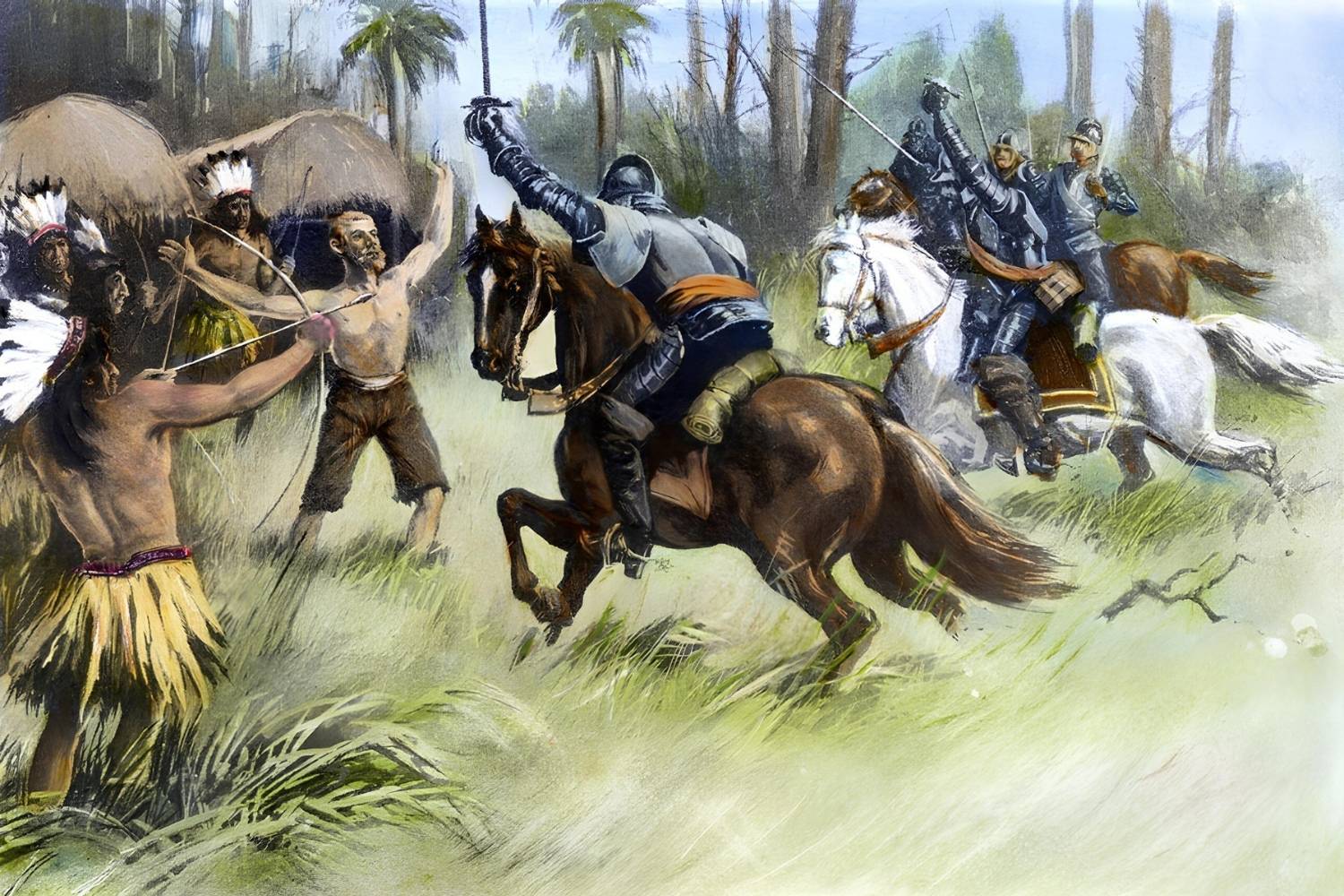Secrets Of The De Soto Expedition Sites

Have you ever wondered about the De Soto Expedition sites? Hernando de Soto, a Spanish explorer, led an expedition through the southeastern United States in the 16th century. His journey covered modern-day Florida, Georgia, South Carolina, North Carolina, Tennessee, Alabama, Mississippi, and Arkansas. These sites hold a treasure trove of history, offering glimpses into early European exploration and interactions with Native American tribes. Visiting these locations can feel like stepping back in time, where you can imagine the challenges and discoveries faced by de Soto and his crew. From ancient mounds to historic landmarks, each site tells a unique story of adventure and survival.
Secrets of the De Soto Expedition Sites
The De Soto Expedition, led by Spanish explorer Hernando de Soto in the 16th century, left a significant mark on the history of North America. This journey took de Soto and his crew through various regions, encountering diverse cultures and landscapes. Let's uncover some of the most intriguing sites from this historic expedition.
Florida: The Starting Point
Hernando de Soto began his expedition in Florida, where he first set foot on North American soil. This state holds several key locations that played a role in the early stages of his journey.
Tampa Bay
De Soto landed near Tampa Bay in 1539. This area served as the initial base for his exploration. Today, visitors can explore the De Soto National Memorial, which commemorates this historic landing.Bradenton
Near Tampa Bay, Bradenton is home to the De Soto National Memorial. This site offers a glimpse into the early interactions between de Soto's crew and the native populations.
Georgia: The Path Northward
As de Soto's expedition moved north, Georgia became a significant region for encounters with indigenous tribes and exploration of new territories.
Savannah
De Soto's journey took him through the area now known as Savannah. This historic city offers a rich blend of colonial history and Southern charm.Ocmulgee Mounds
Located in Macon, the Ocmulgee Mounds are ancient earthworks built by Native Americans. De Soto's expedition likely passed through this area, making it a fascinating stop for history enthusiasts.
Alabama: Conflict and Discovery
Alabama was a pivotal region for de Soto's expedition, marked by significant conflicts and discoveries.
Mabila
The Battle of Mabila was a major conflict between de Soto's forces and the native Choctaw people. The exact location remains debated, but it's believed to be near present-day Selma.Tuscaloosa
Named after a powerful Native American chief, Tuscaloosa was another key site. De Soto's interactions with Chief Tuskaloosa were both diplomatic and confrontational.
Mississippi: Crossing the Great River
Crossing the Mississippi River was one of the most challenging and significant moments of de Soto's expedition.
Tunica
Near the Mississippi River, Tunica is believed to be close to where de Soto's crew first encountered the mighty river. This area offers insights into the challenges faced during the crossing.Natchez
The Natchez people had a complex society that intrigued de Soto. Visiting Natchez today provides a window into the rich cultural heritage of the region.
Arkansas: The Western Frontier
As de Soto's expedition ventured further west, Arkansas presented new landscapes and cultures to explore.
Parkin Archeological State Park
This park preserves a Native American village that de Soto's expedition likely visited. It offers a fascinating look at the indigenous way of life during the 16th century.Menard-Hodges Site
Located near the Arkansas River, this archaeological site provides evidence of early Native American settlements. De Soto's journey through this area highlights the diverse cultures he encountered.
Louisiana: The Final Stages
Louisiana marked the final stages of de Soto's expedition, where his journey came to an end.
Ferriday
Near the Mississippi River, Ferriday is believed to be close to where de Soto died in 1542. This area holds historical significance as the final resting place of the explorer.Lake Providence
Another potential site of de Soto's death, Lake Providence offers a serene setting with historical importance. Visitors can reflect on the end of the expedition and its impact on history.
Discovering History in De Soto Expedition Sites
Visiting De Soto Expedition sites offers a unique glimpse into the past. These locations tell the story of Hernando de Soto's journey through the southeastern United States. Each site reveals a piece of history, from the Native American cultures encountered to the challenges faced by the explorers. Walking these grounds, you can almost hear the echoes of the past.
Exploring these sites isn't just about history. It's also about understanding the impact of these expeditions on the land and its people. The stories of bravery, conflict, and survival come alive, making history tangible.
Whether you're a history buff or just curious, these sites provide a rich, educational experience. They remind us of the complexities of exploration and the lasting effects on the regions visited. So, pack your bags and step back in time with a visit to these fascinating historical landmarks.

